The Syrian town of Palmyra, which means "the city of palms," is home to the monumental ruins of an ancient oasis city that predates the first century A.D. Some findings at Palmyra have provided evidence of settlements dating as far back as 7,500 B.C.
Once a stop in the Syrian desert for travelers, Palmyra became a bustling city under the Roman empire, and its enormous wealth allowed the construction of significant monuments and architectural structures. Palmyrene art, its temples, cemeteries, and statues are so treasured that the city was listed as a UNESCO World Heritage site in 1980.
The following images were taken by Félix Bonfils, a French photographer who traveled through the Middle East after moving to Beirut in 1867. The book of images, Photographs of Palmyra, circa 1867–1876, is part of the Myron Bement Smith collection at the Freer Gallery of Art and Arthur M. Sackler Gallery Archives in the Smithsonian Institution in Washington, D.C.
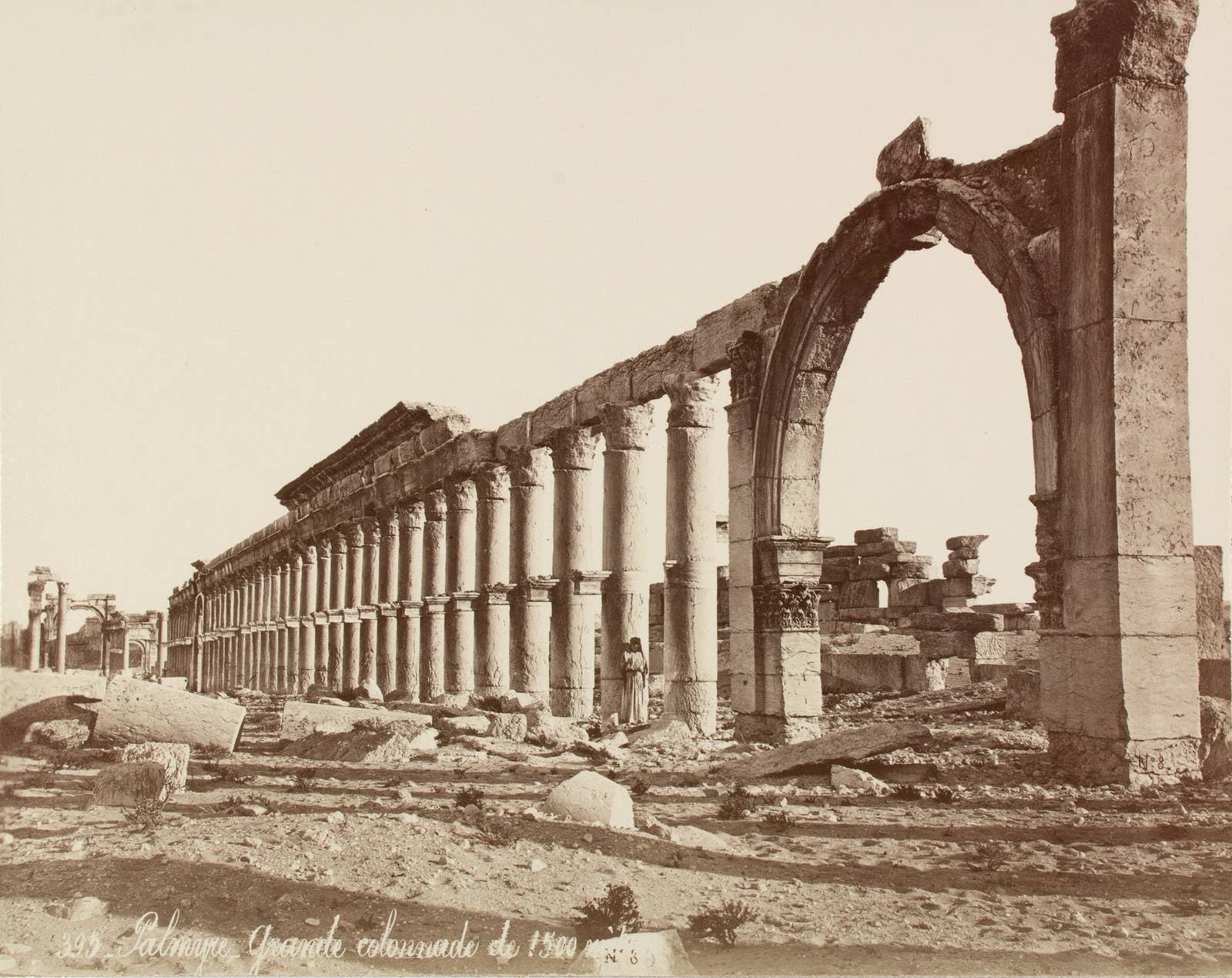
Earlier this year, the city — which had been passed from one empire to another over the last 2,000 years — was captured by ISIS and remains under its control. Since then, the militant group has been bombing parts of the ruins using explosives and threatening to destroy what they describe as idolatrous statues as part of their efforts to destroy all evidence of pre-Islamic civilization in Syria. Meanwhile, smugglers hope to benefit from the crisis by extracting and selling its most valuable objects.
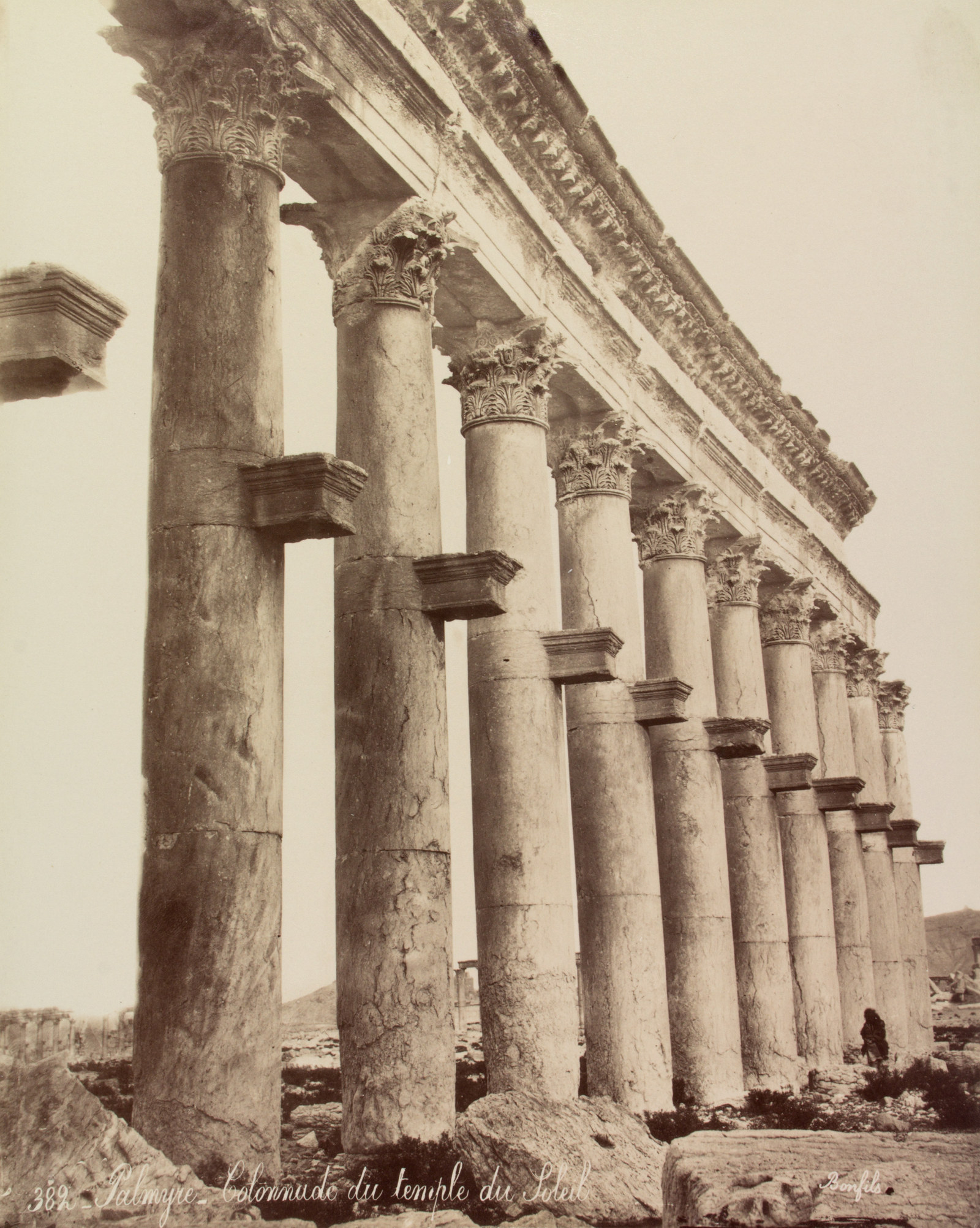
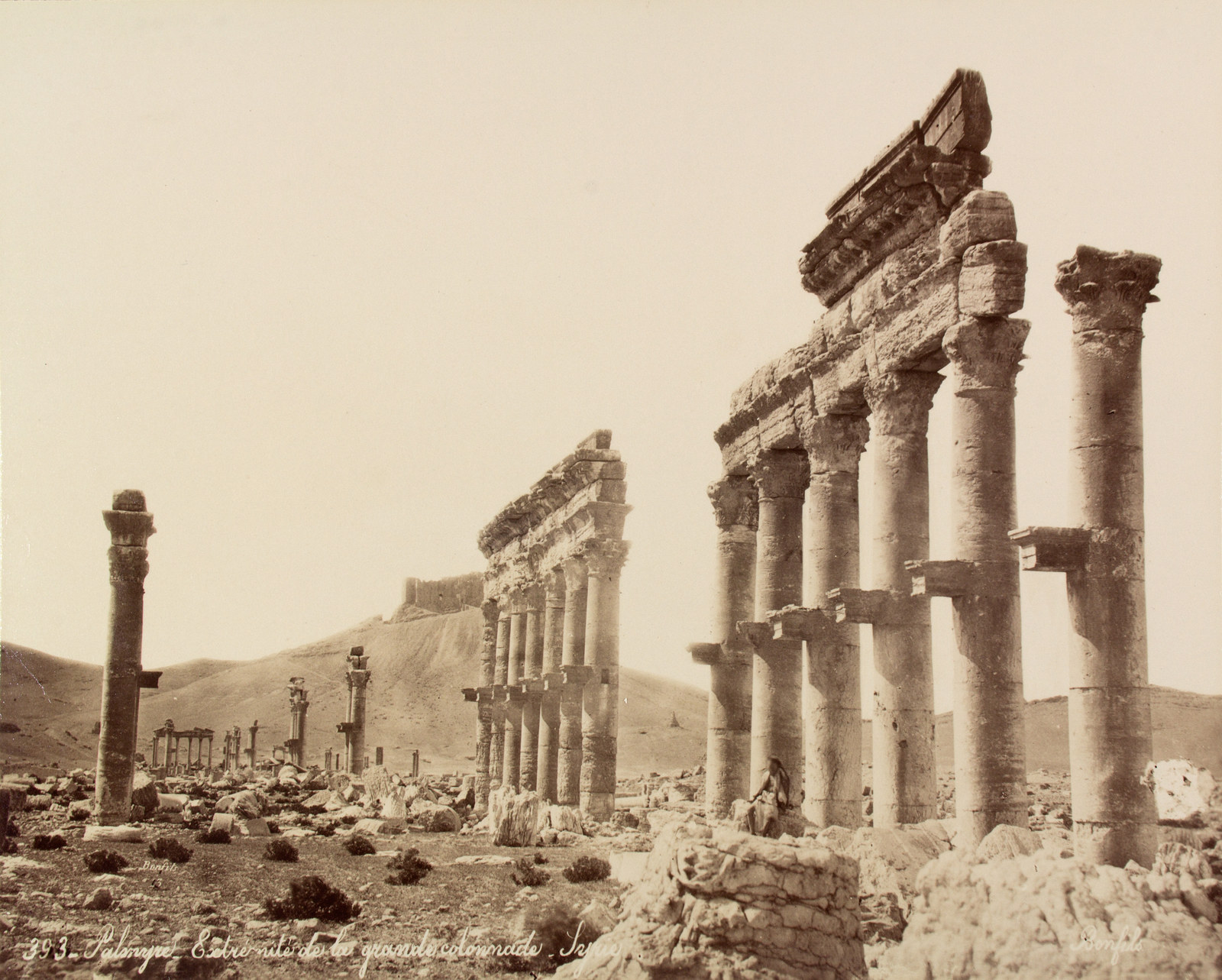
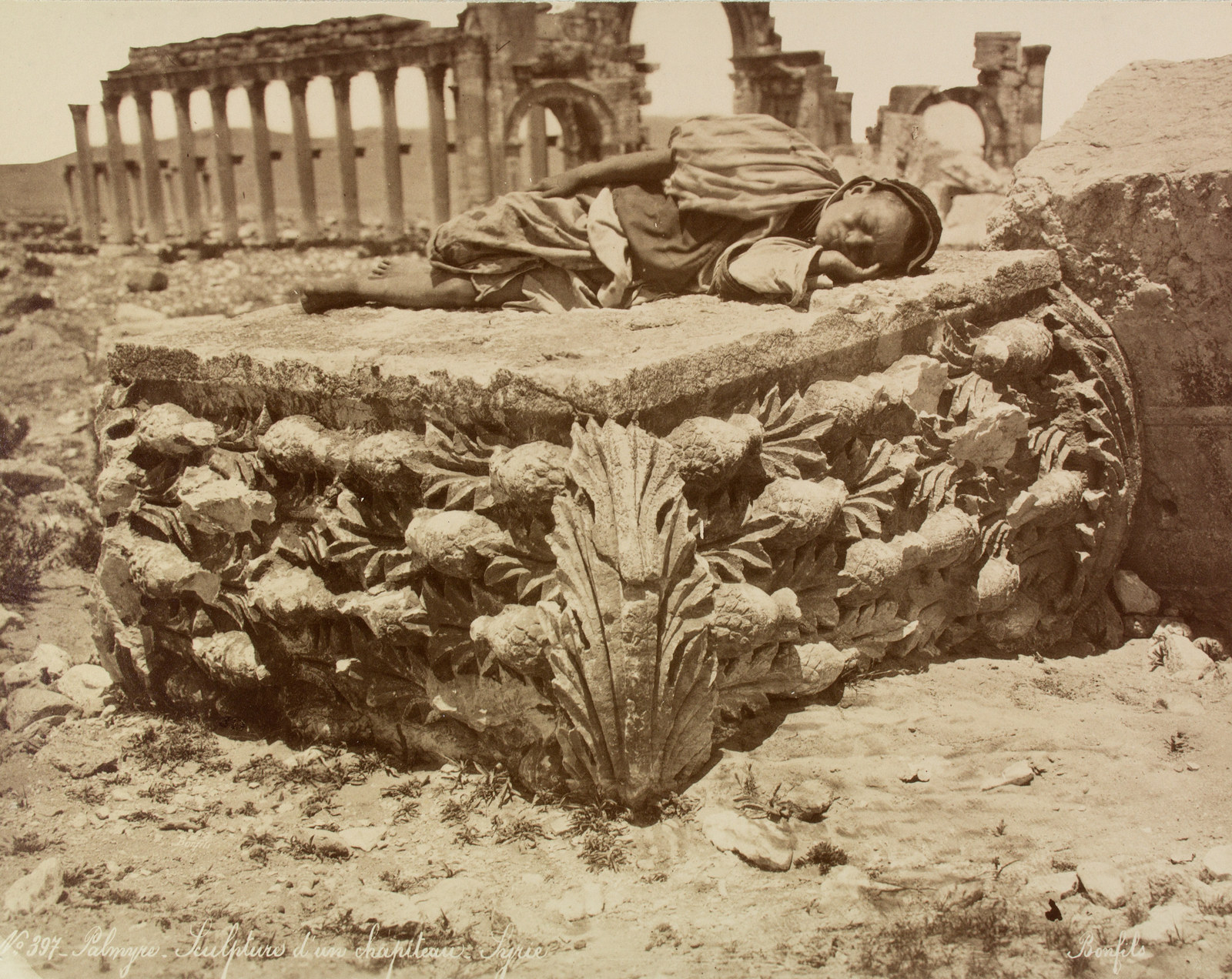
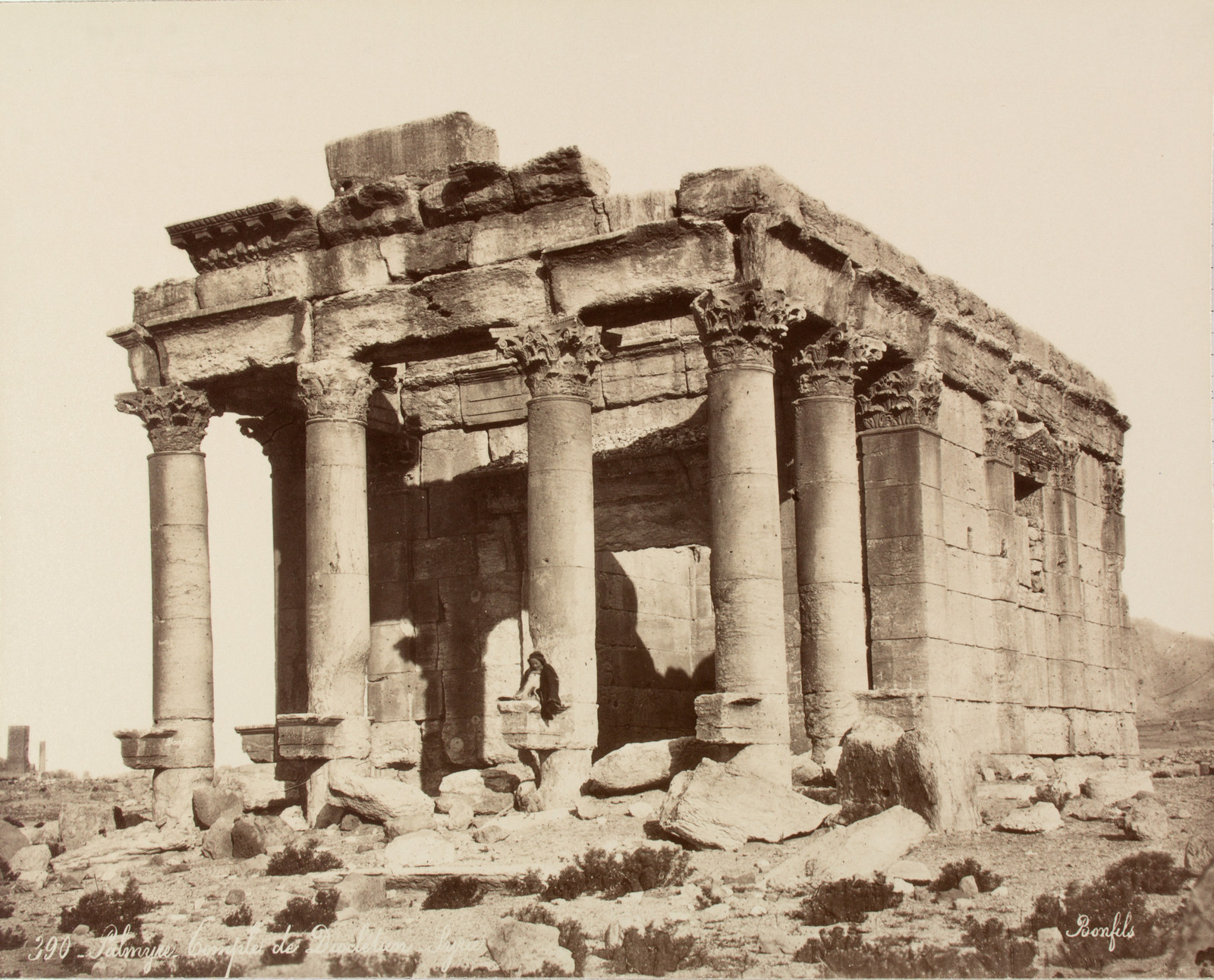
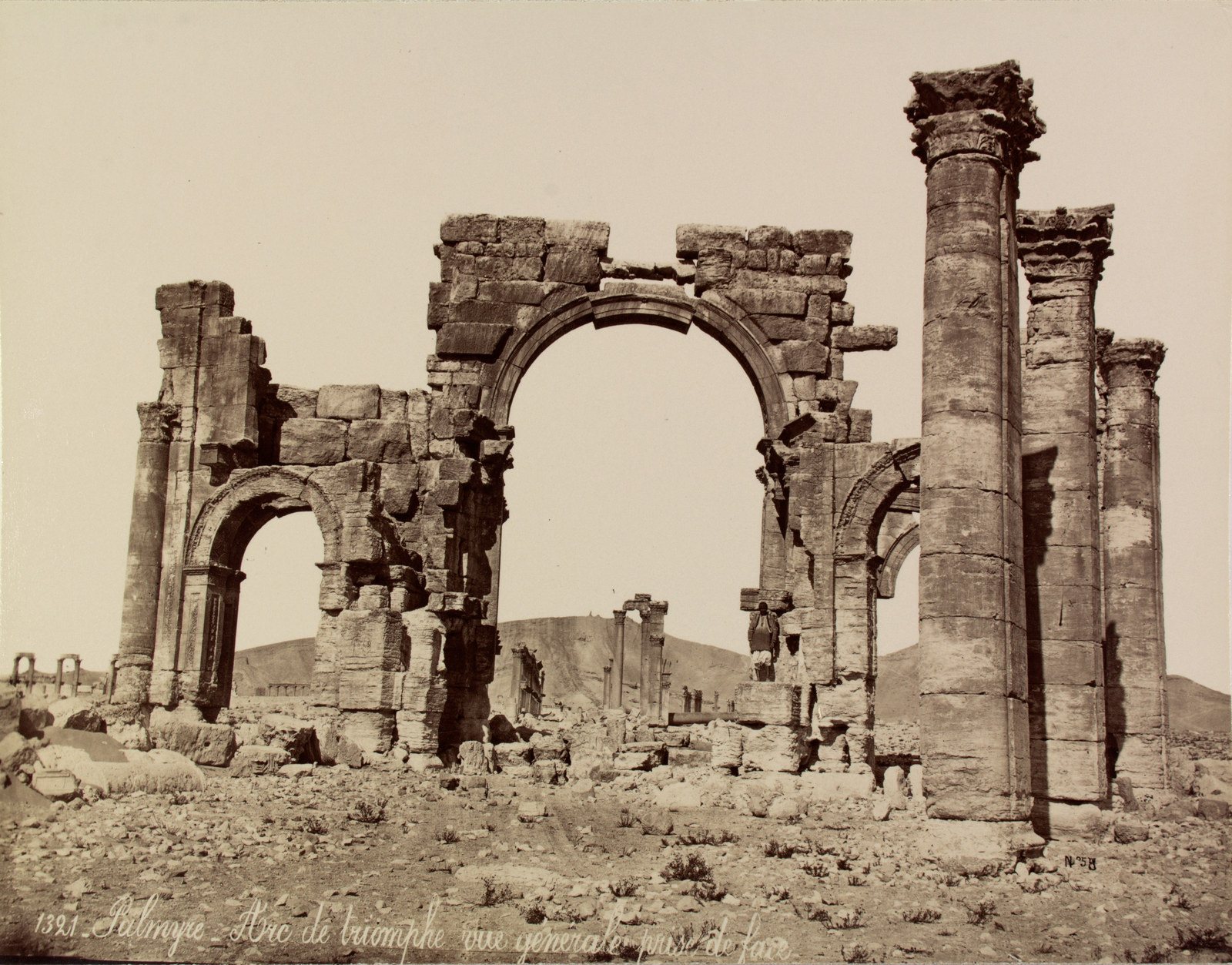

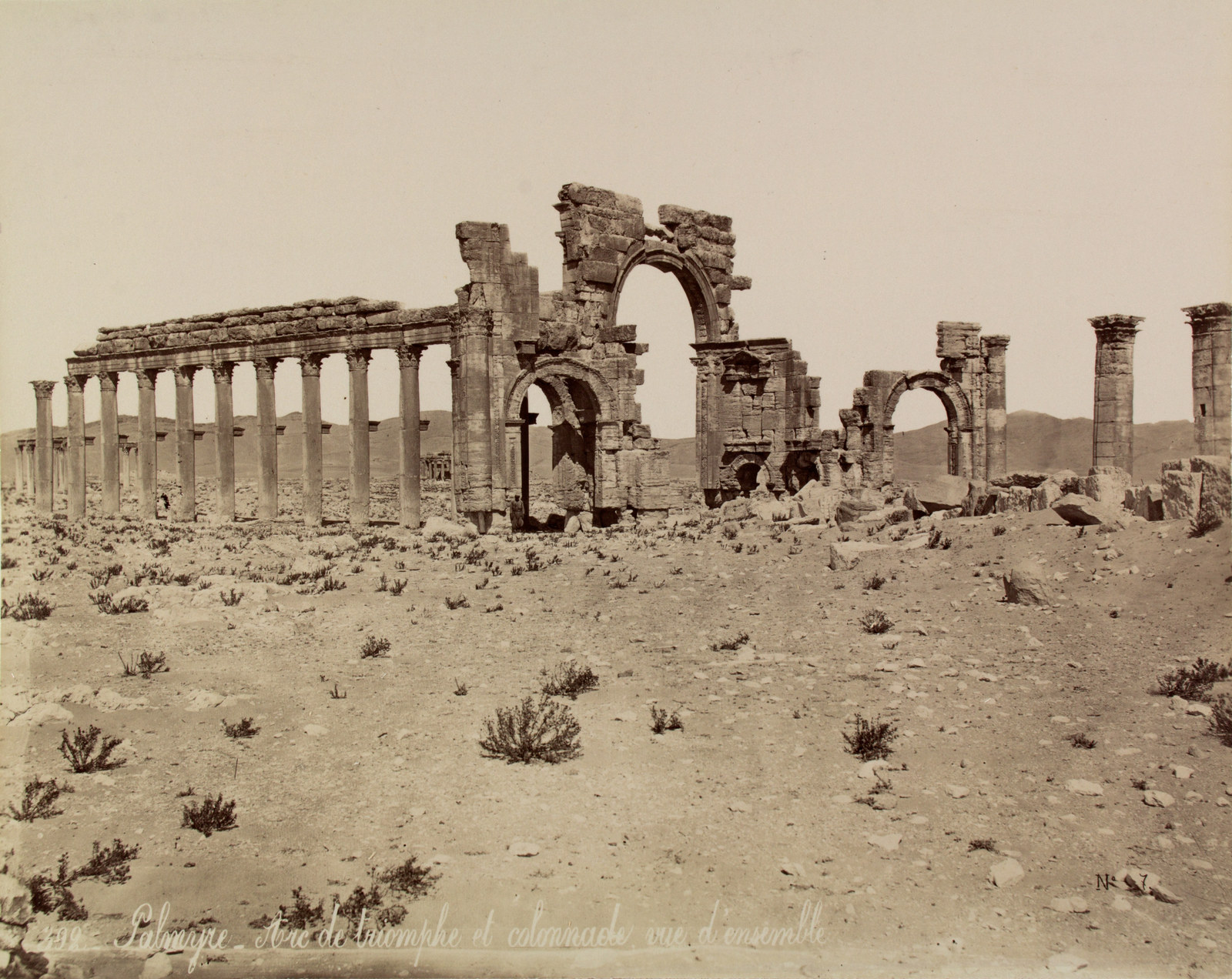
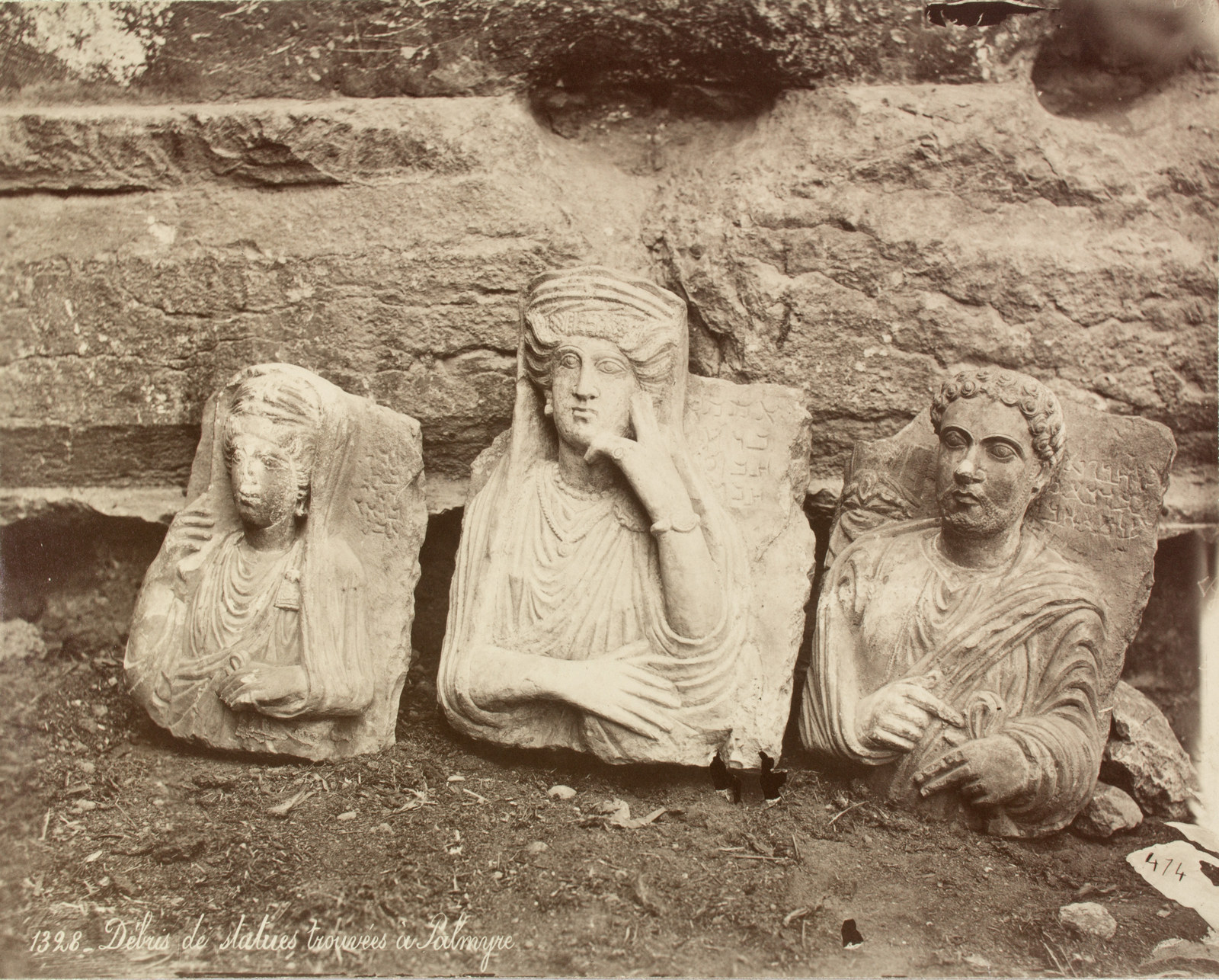
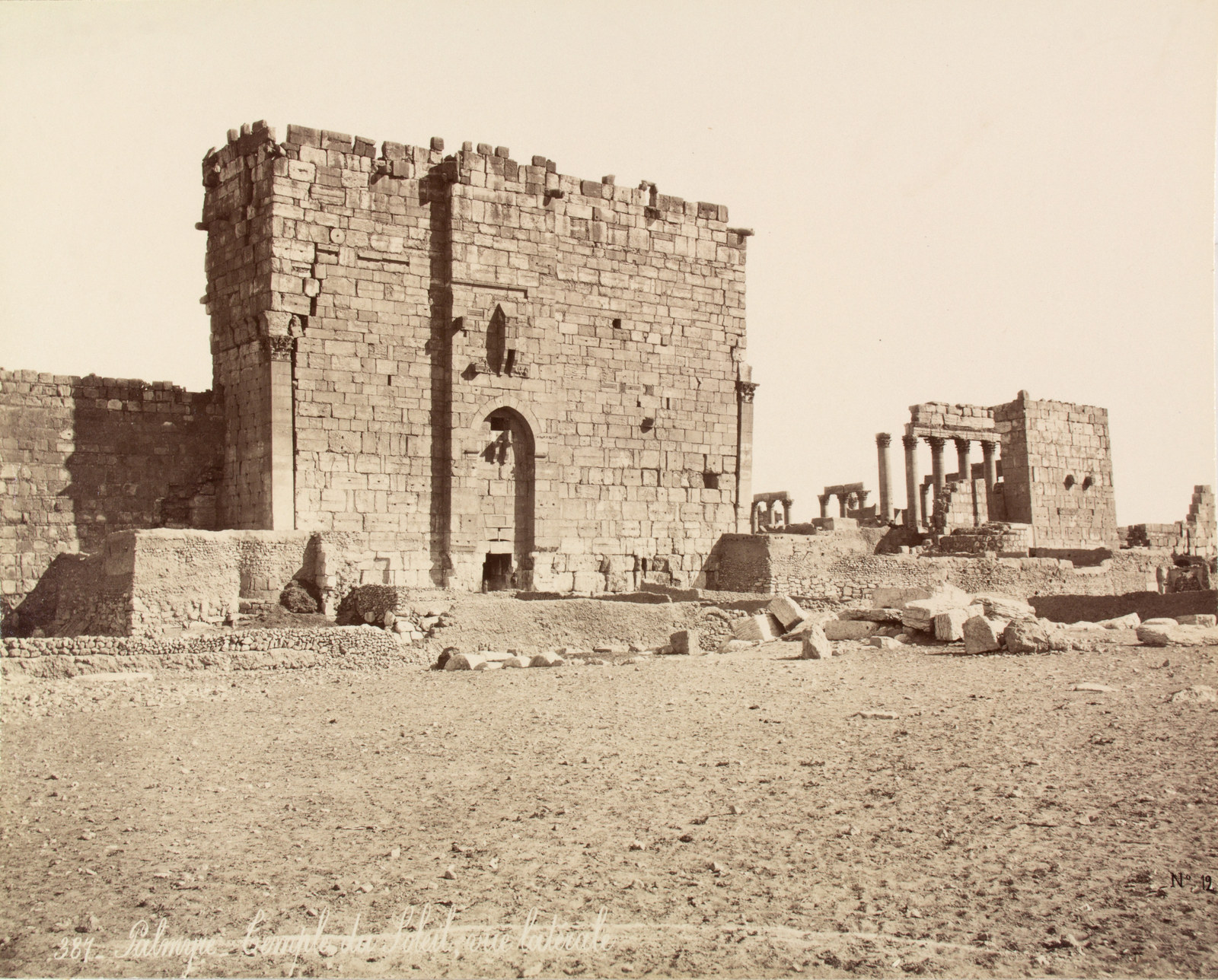

But more than 100 years before Bonfils captured the majesty of Palmyra in his photographs, Robert Wood, a British traveler and classical scholar, traveled to Syria and the Levant with a wealthy Oxford scholar. When they arrived at Palmyra, Wood took measurements of the monuments and sketched drawings of the ancient Roman ruins, which are thought to be the first recorded renderings of Palmyra, starting a newfound interest in the Middle East among Western travelers.
Wood's work was printed in a collection called "The ruins of Palmyra, otherwise Tedmore, in the desert" in 1753 in London.
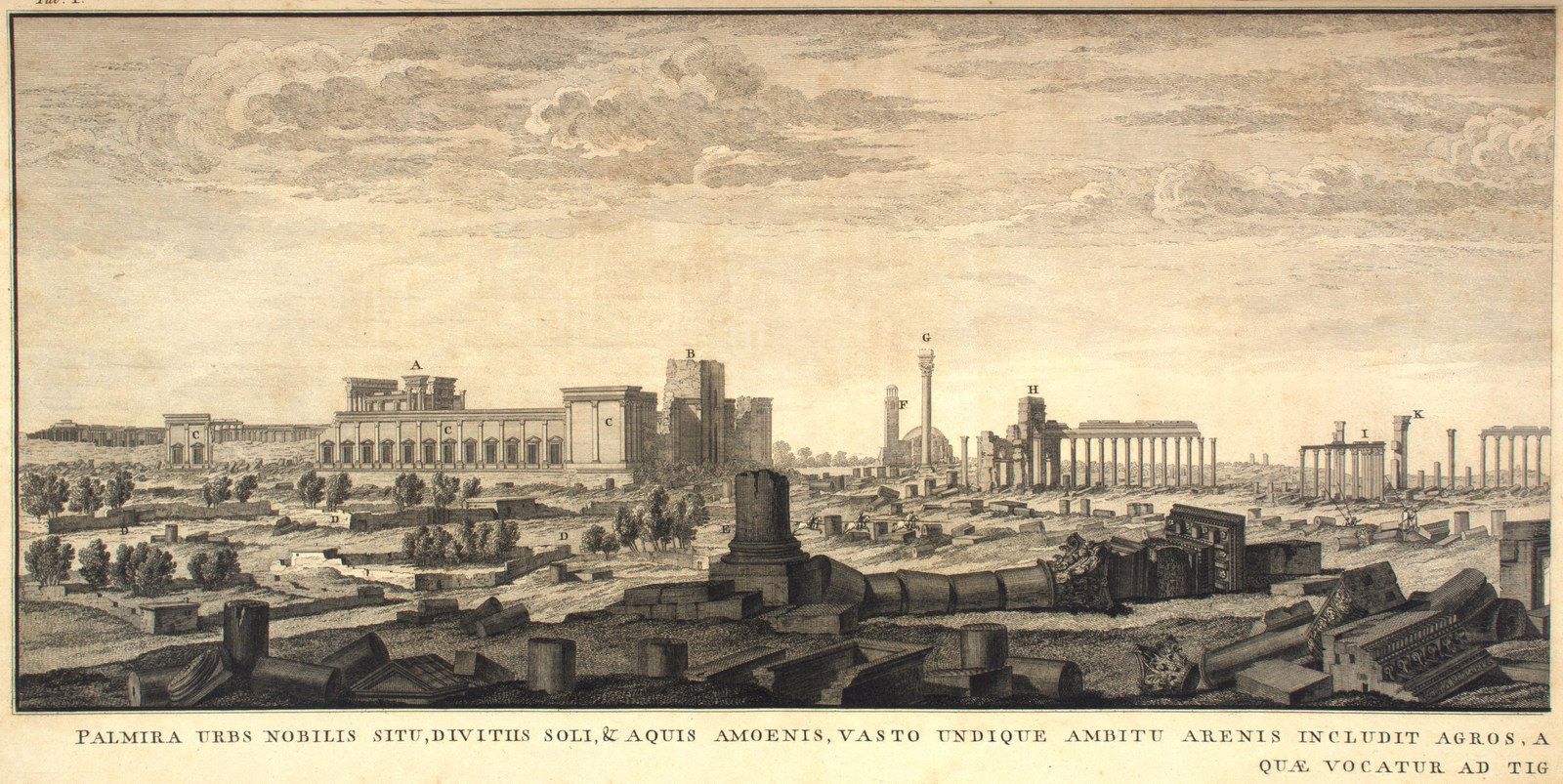

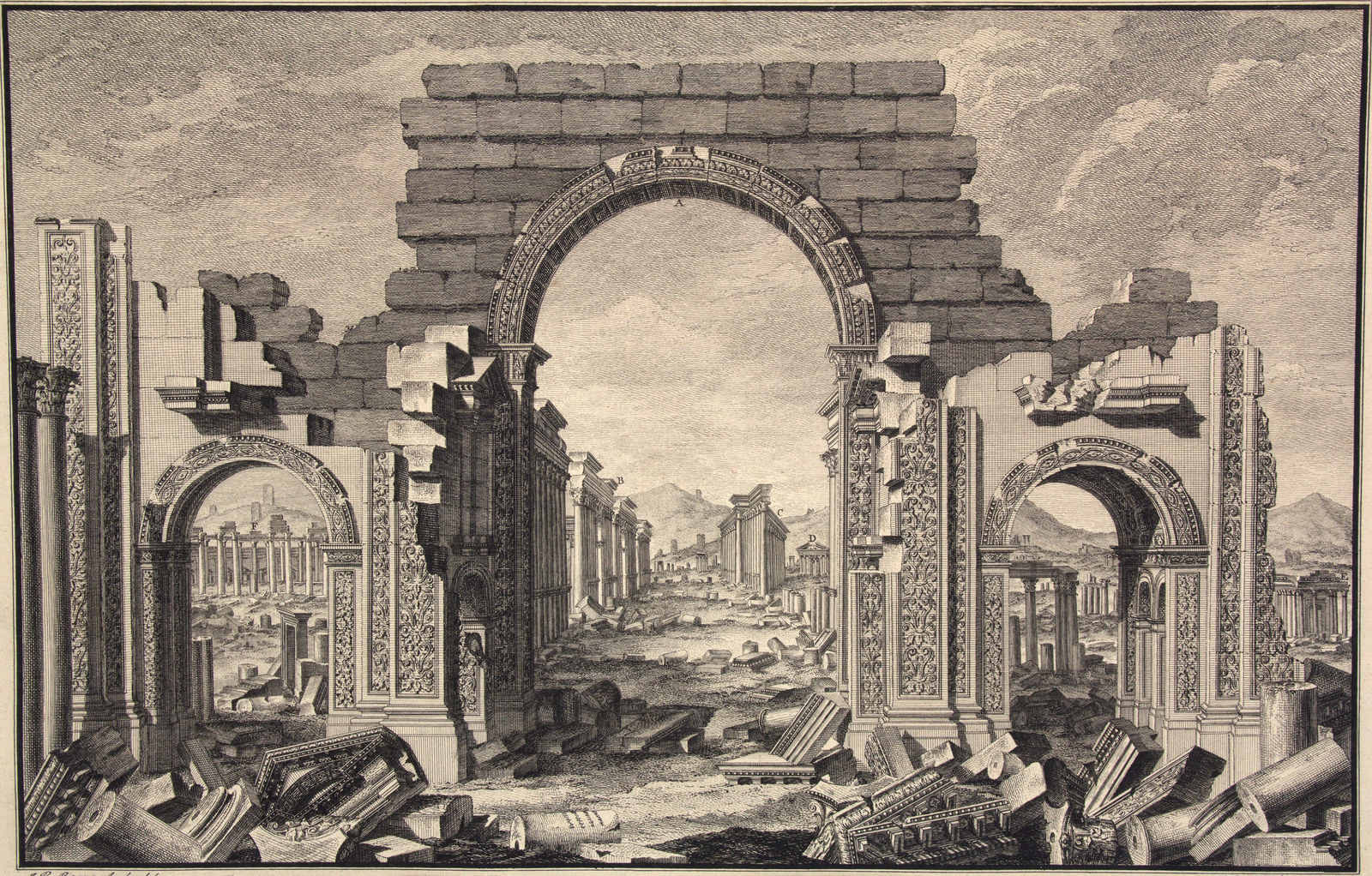

Wood's renderings from Syria were so vivid that they are said to have had a profound impact on the neoclassical architecture in the West. One of the images by Wood, which shows an eagle decorating an ancient Roman temple, later became the model for the Great Seal of the United States.
You can see more of the images in the Smithsonian collection in this video.
Related stories on Syria:
ISIS beheaded a renowned antiquities expert who oversaw Palmyra's ruins
This is how Syrian artifacts are being smuggled and sold
Exclusive photos of looted (and fake) Syrian artifacts for sale
